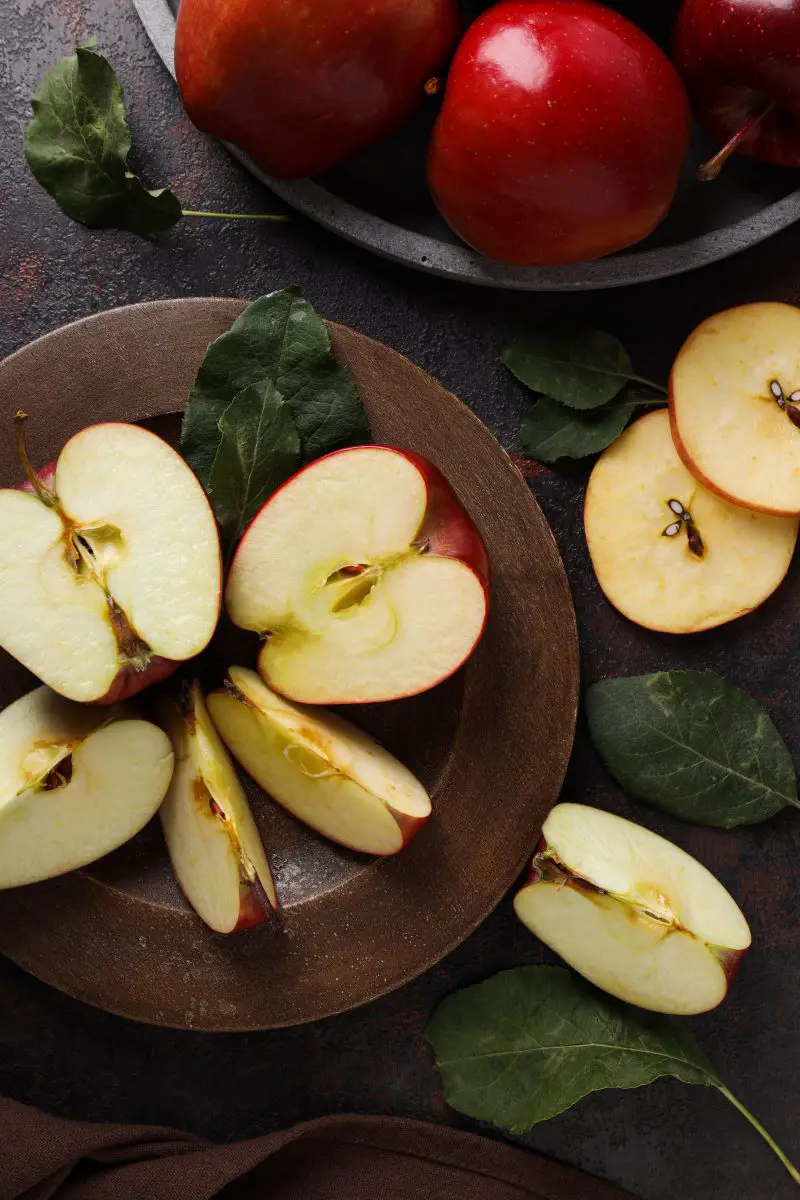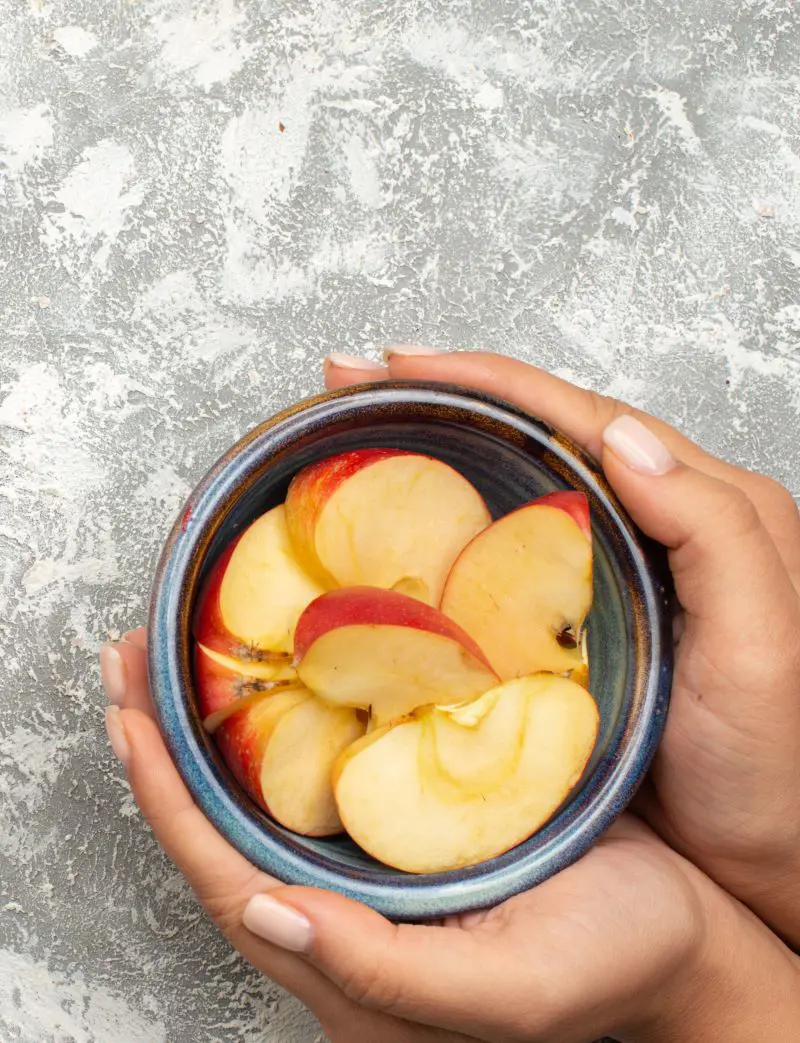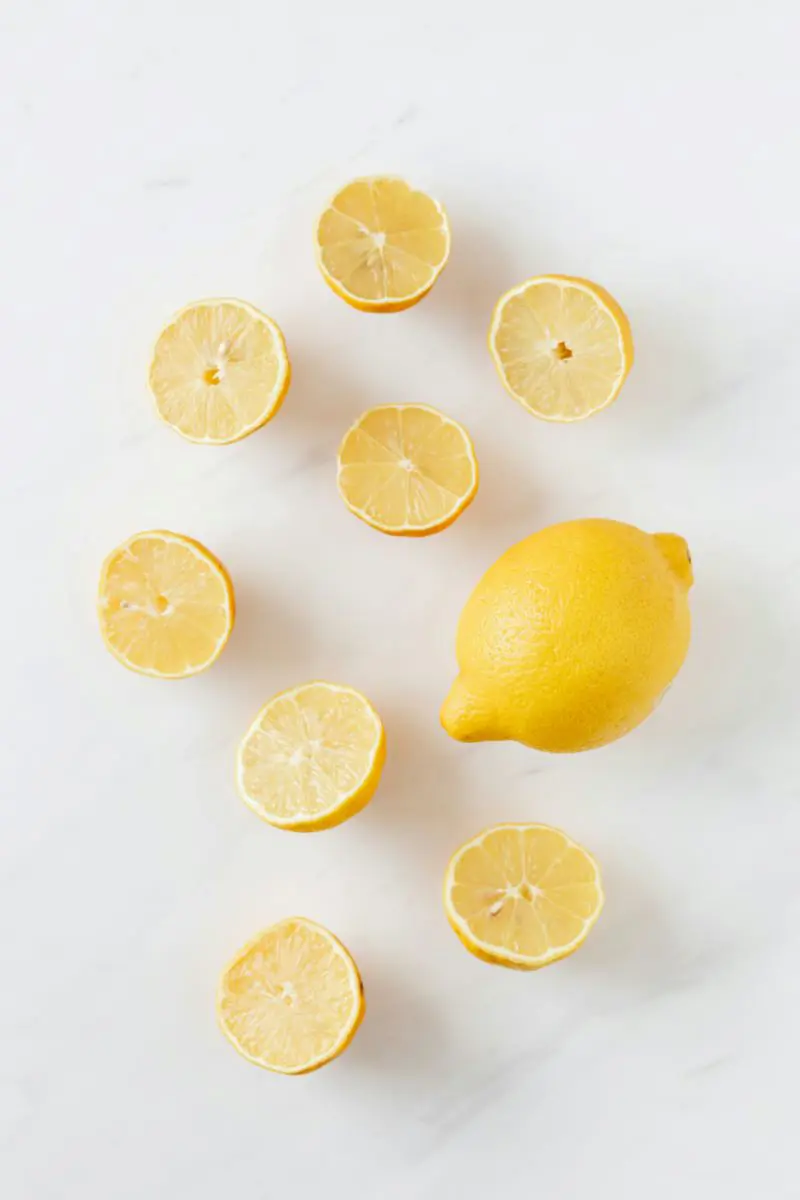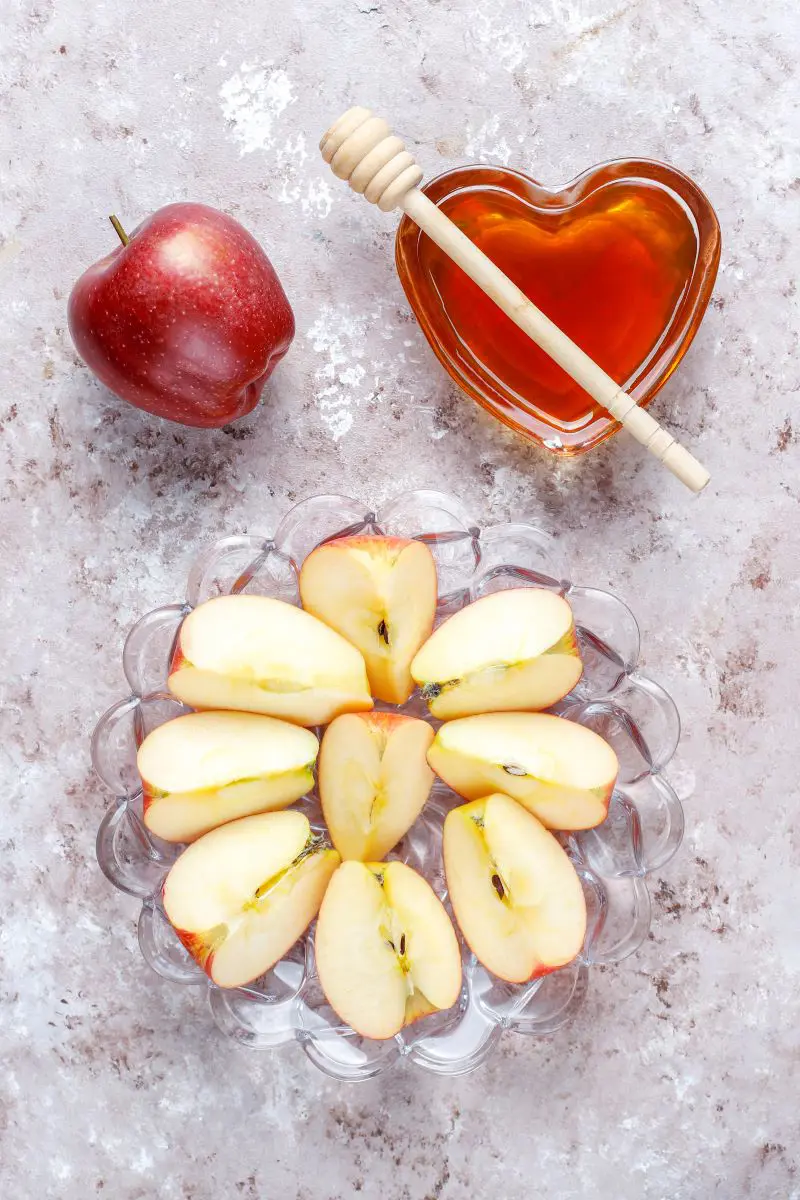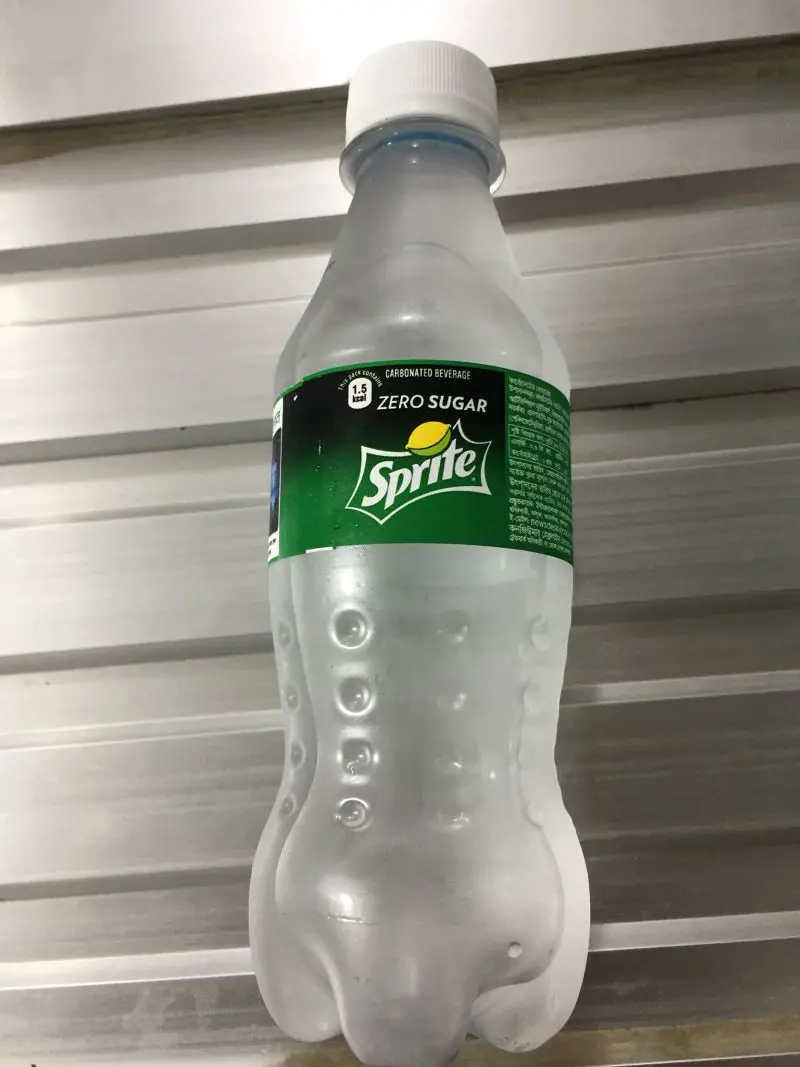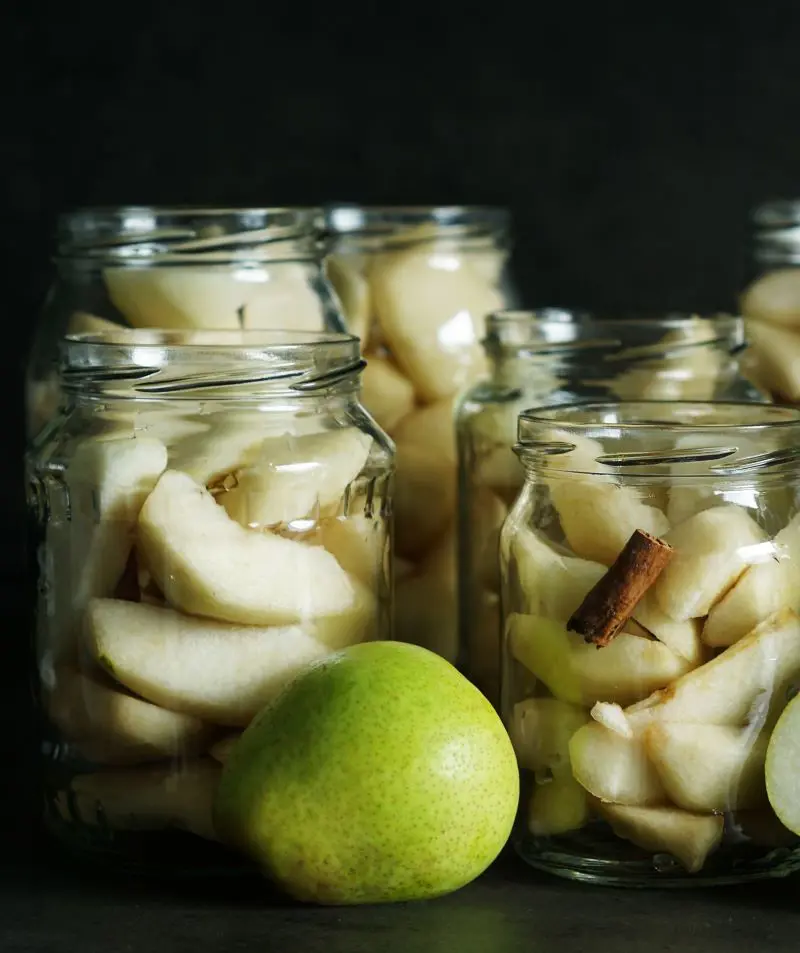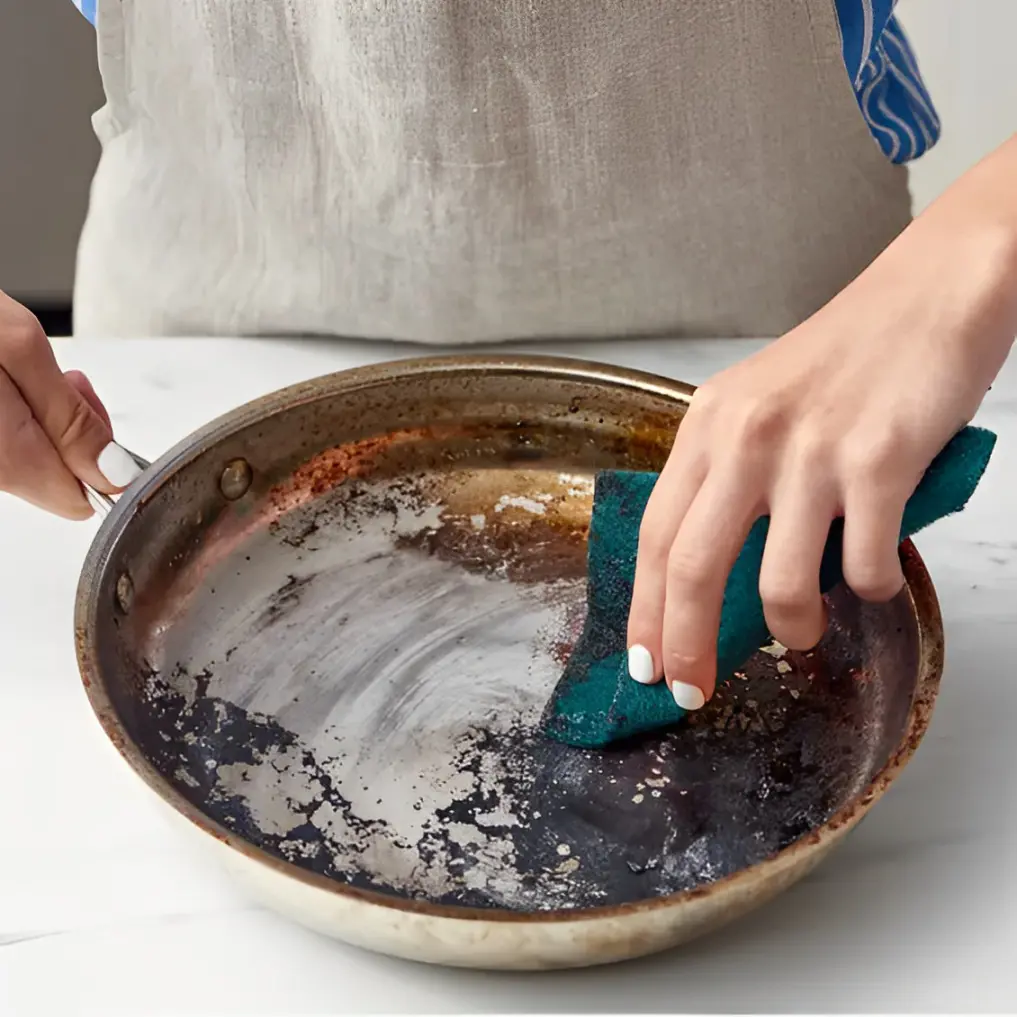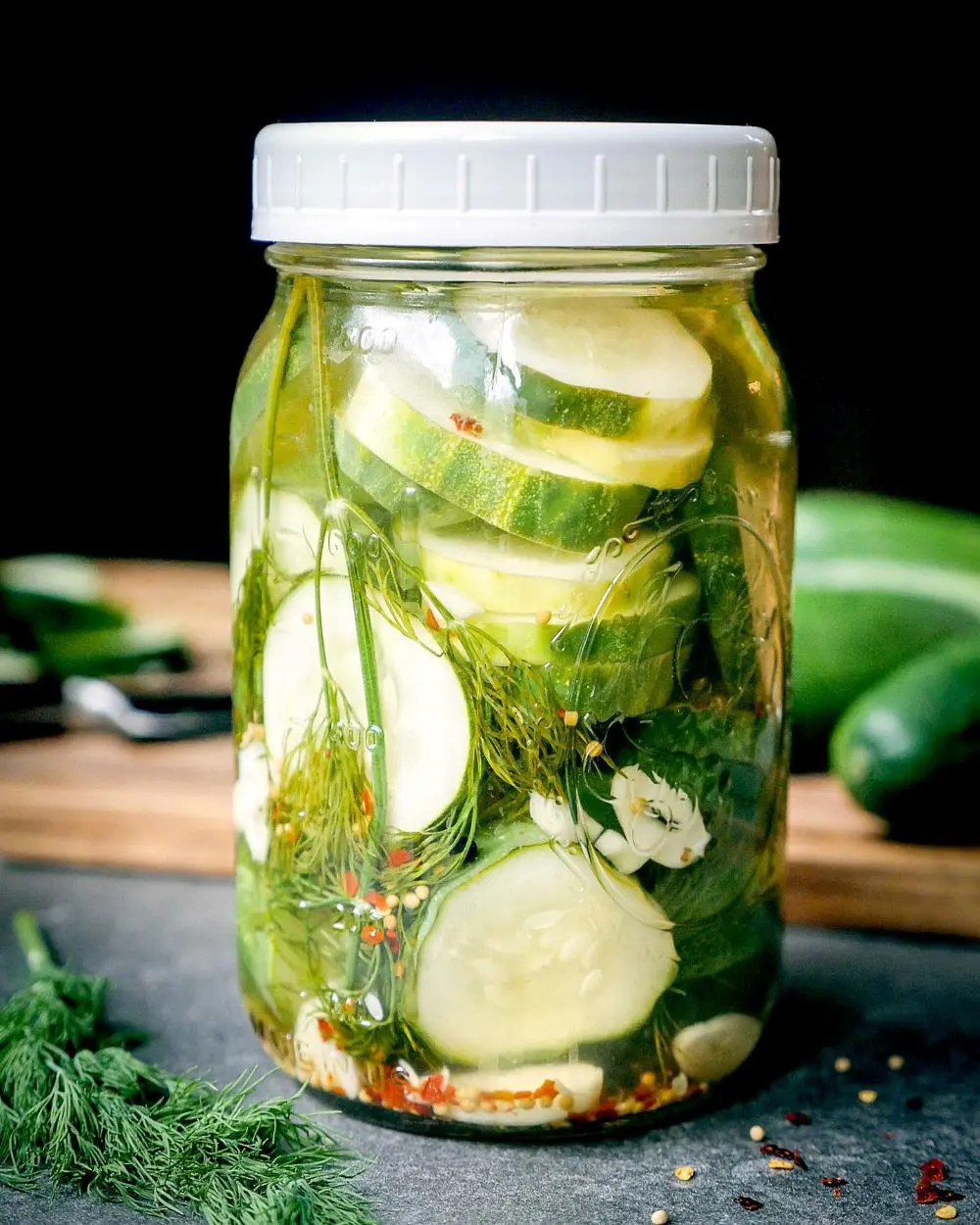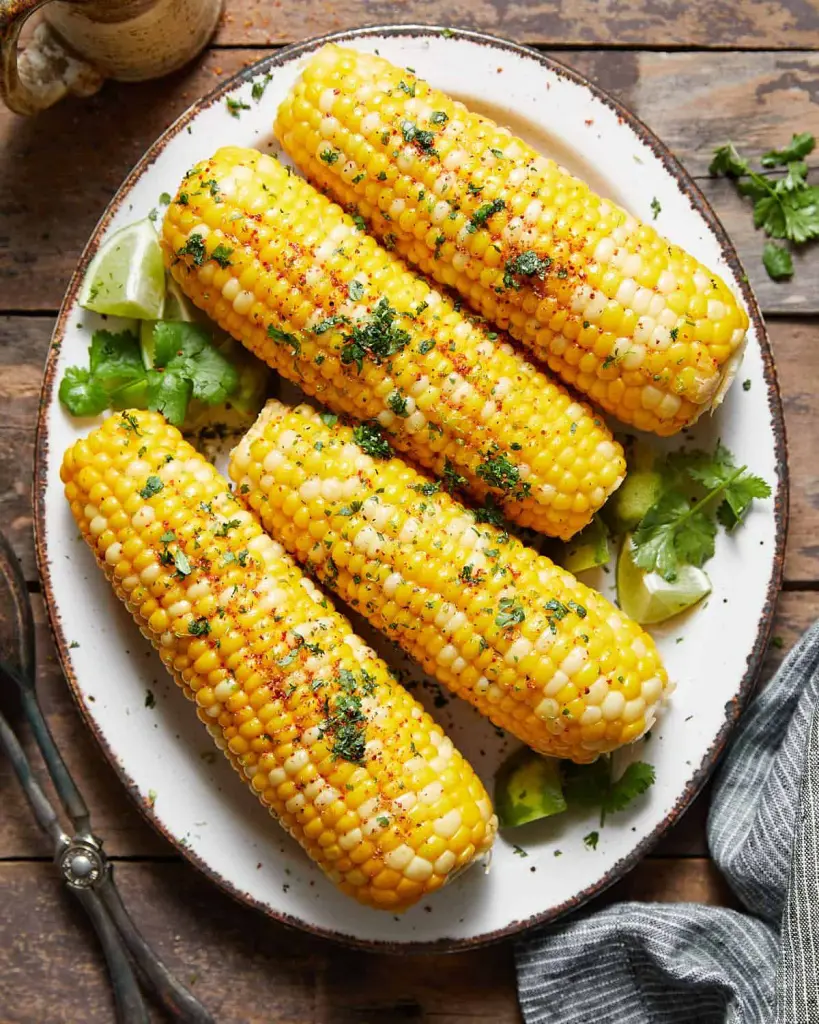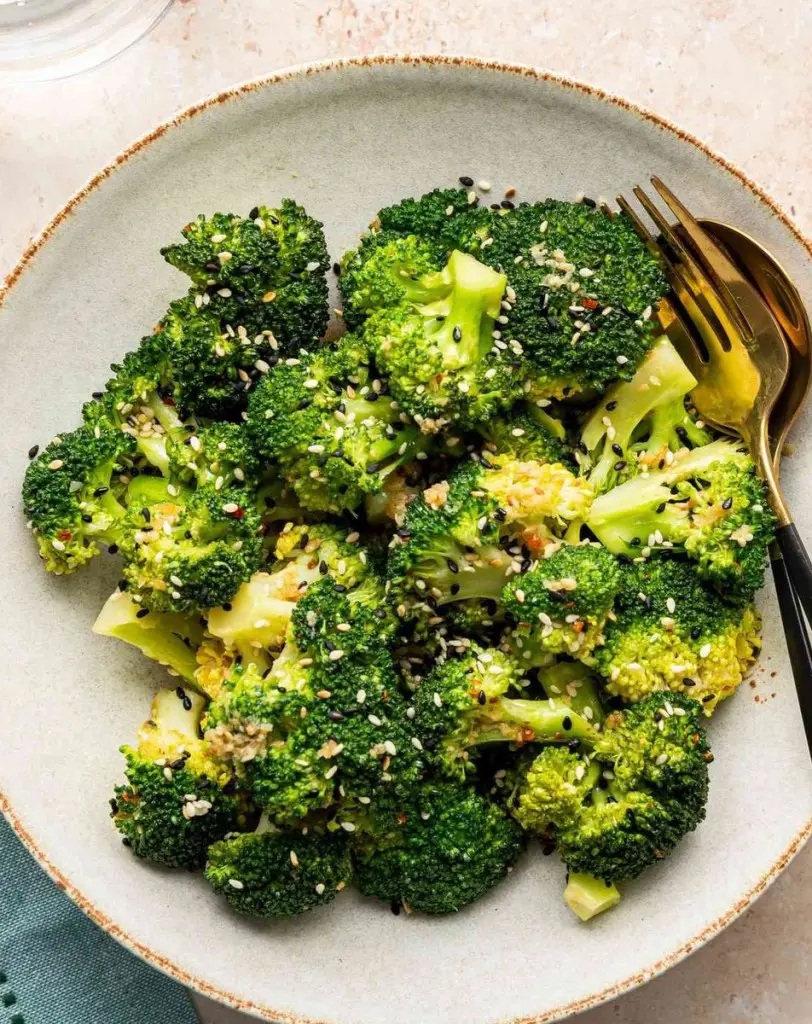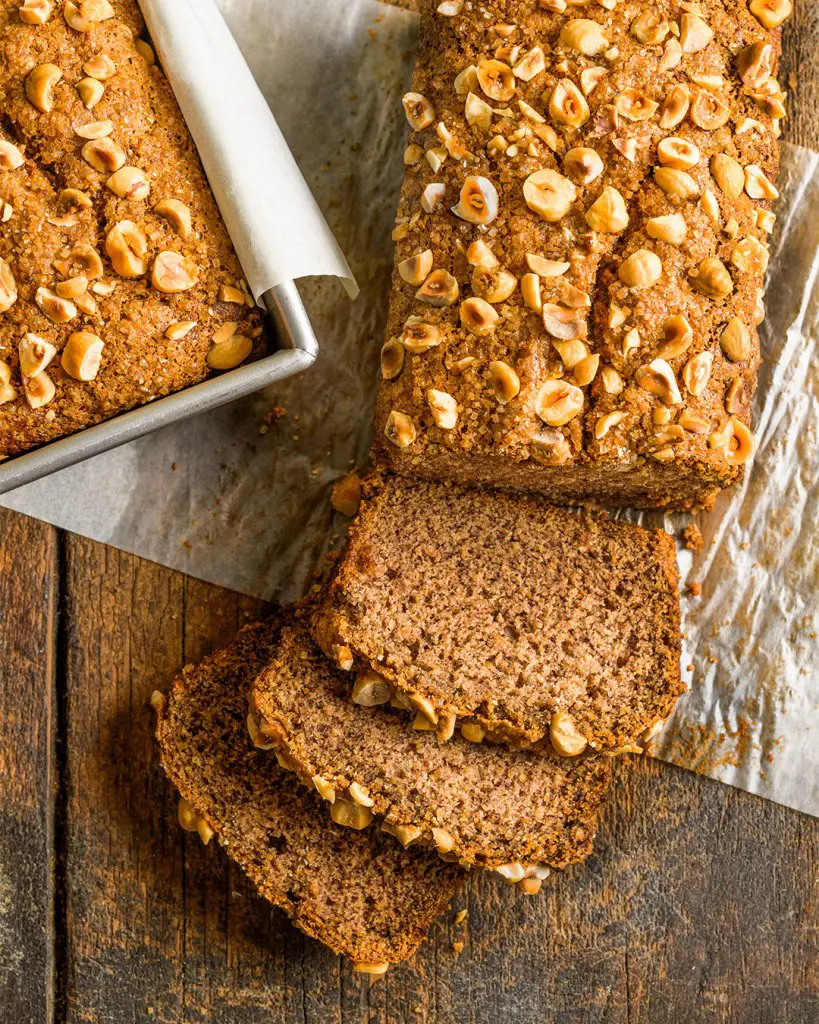Each method has its own benefits. You can choose one based on the convenience.
However, if I have to say specifically then there are a few options: Lemon juice, water bath, and honey water. The reason is that they’re easy to follow and don’t require any uncommon ingredients and tools.
Anyone can easily follow those methods to keep away browning. Most importantly, you can even skip the rinsing part with those methods.
Why Do Some Apples Turn Brown Faster Than Others?
The reason is very simple and mostly depends on the types of apples. The level of enzyme PPO is not the same in all apples you eat. Some do have a high amount while others contain less. Apples with more PPO brown faster, and those with less PPO brown more slowly.
This evergreen fruit also packs antioxidants. Here this content can delay the browning in apples by slowing down the oxidation process, as a result, some don’t just brown quickly.
Macintosh, Fuji, and Golden Delicious apples brown quickly, while Snapdragon and Honeycrisp brown at a moderate rate, and Empire, Pink Lady, and Cortland apples brown slowly.
Besides the enzyme, breeding is another factor in browning apples. Apple breeding programs pass down the resistance to browning.
Some popular examples include Pink Lady apple which brown slowly. The only apples to resist browning are arctic. It has been grown in a way that it becomes capable of stopping the brownness when sliced.
Are Browning Apples Okay to Eat?
One can eat browned apples with surety. The brown color is harmless and it doesn’t mean the apple is spoiled. It just looks less appealing and older.
